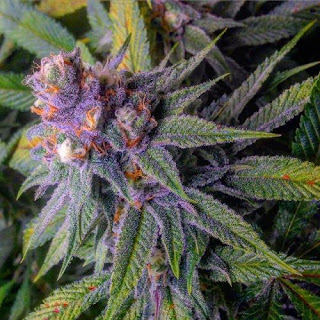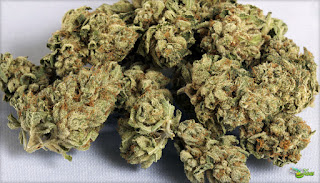How Marijuana tolerance works and how to reduce your tolerance levels
A recently published study authored by Deepak Cyril D’Souza et al, a veritable cannabis expert from the Yale School of Medicine, has uncovered how a tolerance to cannabis happens, and roughly how long it takes for it to return to a normal level. This latest piece of research was a collaboration project between prestigious organization such as the Schizophrenia and Neuropharmacology Research Group of the Connecticut Healthcare System, Yale University School of Medicine, the New York University Langone Medical Center and the Harvard Medical School Massachusetts General Hospital.
The age-old problem with cannabis requires people to smoke or dab more after the first time. Unlike opiates, overdosing on cannabis is difficult and THC does not become toxic until it reaches incredibly high levels in the body, equivalent to eating pounds and pounds of pure active ingredient in one sitting. Though a smoker might need to consume successively consume more cannabis as time goes on, it does not spiral out of control; someone could smoke the same amount of weed everyday for their entire life and still get high.
The experiment used males of ages 18-35 that were “cannabis dependent” according to the Diagnostics and Statistics Manual-IV. They used positron emission tomography (a PET scan) to observe a radiotracer ligand for cannabinoid receptor 1 (CB1), the receptor in our brains triggered by THC in cannabis to induce its psychoactive effects. The PET was able to see where exactly CB1receptors are located in the brain and how densely distributed they were throughout each section.
What did the experiment find? “In chronic moderate daily cannabis smokers, CB1R availability is decreased in most brain regions. Significant CB1R upregulation begins within 2 days of abstinence and continues over 4 weeks.” In other words, a cannabis smoker has less CB1 receptors in their brain than non-smokers do, but they start to bounce back after just two days of abstinence, and return toalmost-normal levels after four weeks of abstinence. The fact that CB1 receptors did not fully bounce back after four weeks the authors attributed to their small sample size that might not have adequately assessed the initial levels of CB1 before they stopped smoking.
Another drawback they noted was the lack of female participants. Females respond differently to THC than males, which may be due to differential expression of cannabinoid receptors. In order to avoid this variable, the experiment only included males. They noted that similar experiments in the future should include females, and also monitor possible changes in cognitive abilities throughout the course of an abstinence period.
Cannabis smokers in the study had roughly 20% less CB1 receptors in their brains than controls that do not imbibe. Interestingly, the amount of cannabis they consumed on a regular basis did not correlate with the level of CB1 downregulation. Regardless of how much cannabis a person consumed, CB1 receptor expression still only took about two days to bounce back significantly after abstaining. After four weeks of abstinence, PET scans did not find a statistical difference between past smokers and the eternally sober.
This latest by D’Souza also has important complications for medicinal patients that use cannabis for its neurological, as opposed to physical effects. Patients who suffer from PTSD or anxiety need to understand that even a short break of less than a week will significantly reduce their tolerance, and they should not consume as much the first time going back to it. Thinking about taking a tolerance break? A solid break of a month or two to clear your mind never hurts, but the receptors in your brain only really need a short time to return to their initial state.




Comments
Post a Comment